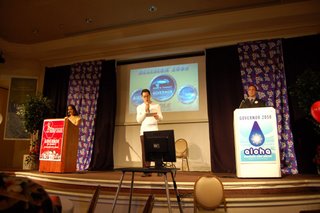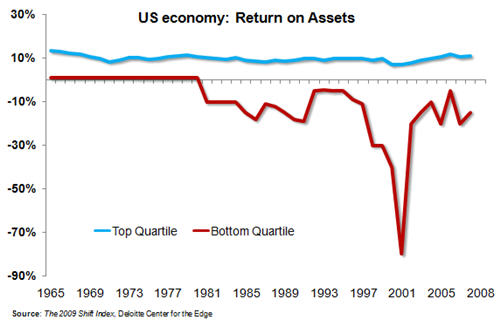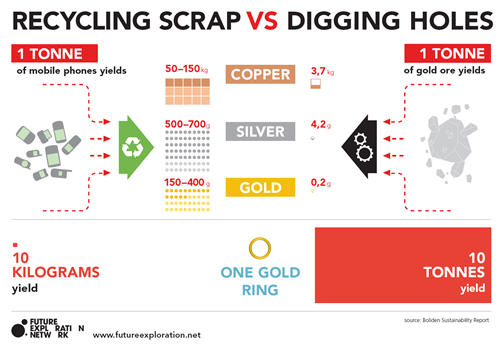Experiential futures and the intersection between design and foresight
I have just attended a very interesting presentation by Stuart Candy on prototyping possible worlds. Stuart joined global design firm Arup six weeks ago after finishing his Ph.D on experiential futures at Hawaii’s Research Center for Futures Studies. Below are some of my live notes from his presentation plus a few reflections.
Stuart uses the word ‘monofuturism’ to describe the mistaken assumption that because only one future will happen, only one future can happen, so we need to try to work out what that future will be.
In thinking about the future, he brings out the issues of breadth and depth: breadth is about thinking widely about what could happen, depth is about thinking in sufficient detail about what could happen and the implications.
Breadth can be dealt with by scenario planning and alternative futures, and that is being done reasonably well by leading organizations. Depth, generating specificity in what future worlds will look like, is generally done less well.

Presentation of one of the scenarios from Hawaii 2050
Stuart used the example of a Hawaii 2050 futures project he helped created in which they brought the scenarios to life in an event, getting people to participate in what those scenarios would look like. He provides a nice overview of the scenarios and how they evoked them in an event for over 500 people.


